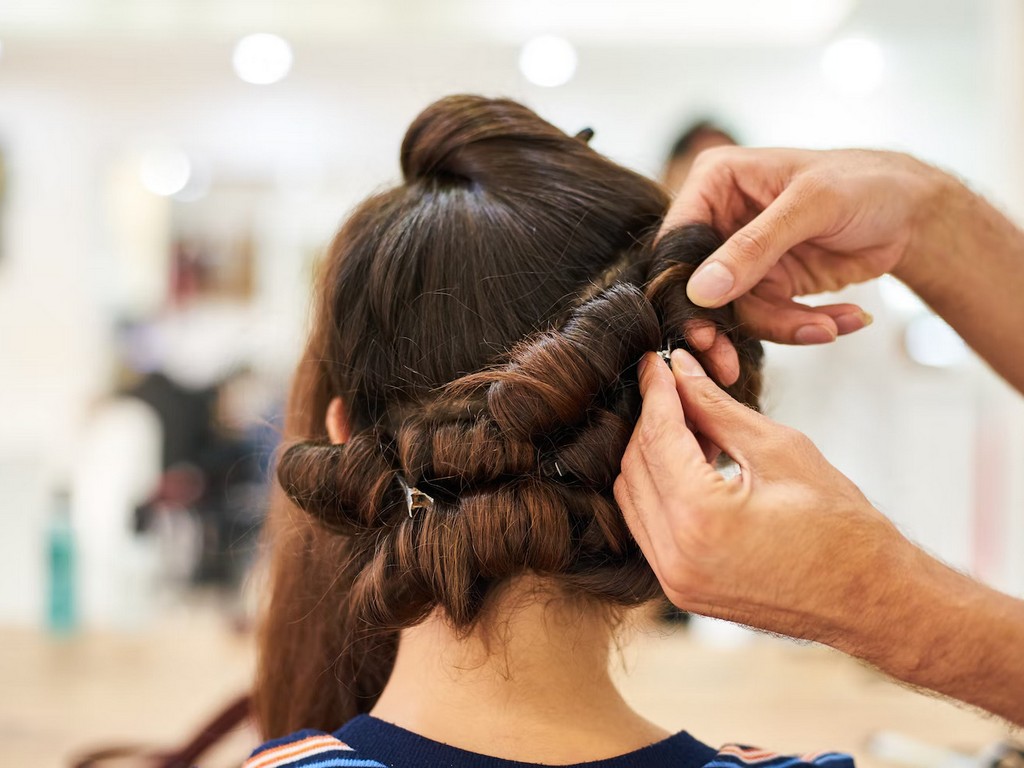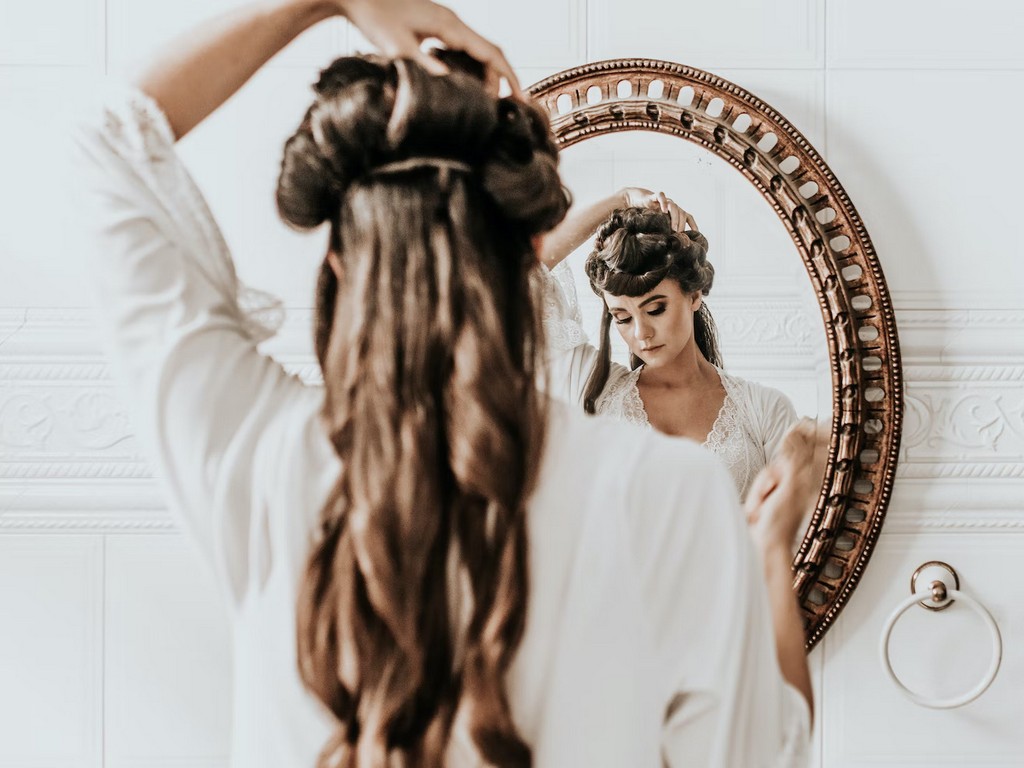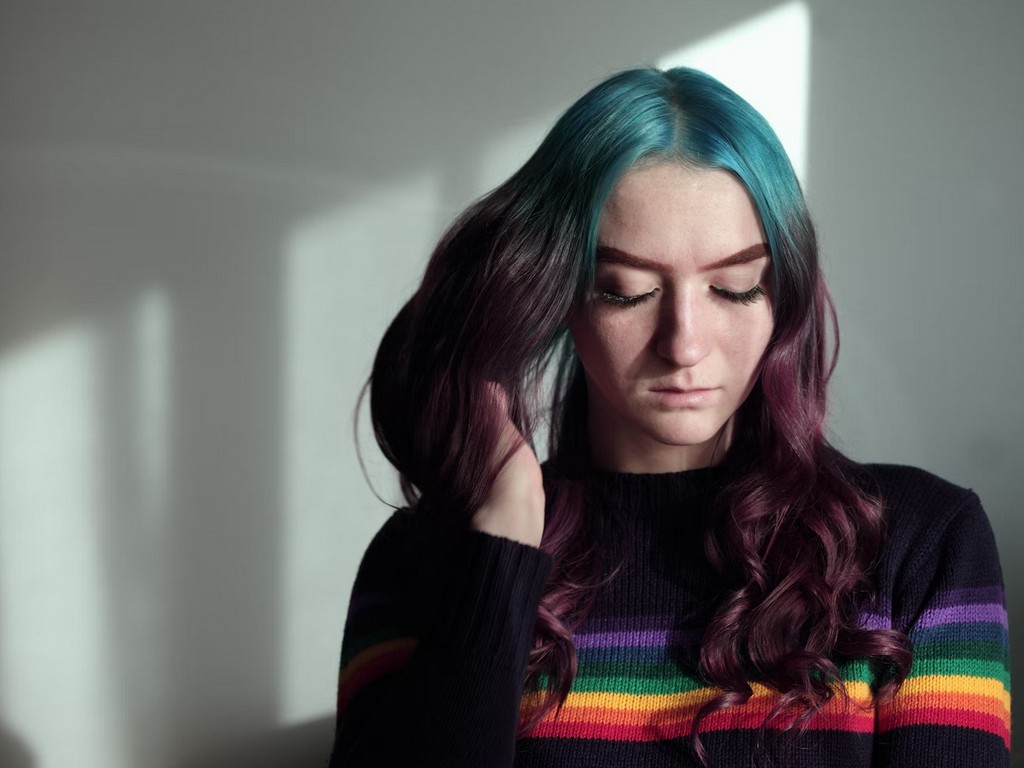The History of Hairstyling: All You Need To Know About It
30/10/2023 2023-10-30 18:01The History of Hairstyling: All You Need To Know About It
Have you ever looked at the sheer variety of contemporary hairstyles and wondered about their origins and history? From intricate braids and updos to extensions and wigs, all hairstyles trace their roots somewhere in the past. Hairstyles throughout history have been used to convey messages about health, wealth and social status. Even today, they are used as a means of self-expression. Studying the history of hairstyling can provide valuable insights into the rise and fall of trends and what they represent about society.
If you plan to pursue hairstyle artistry as a career, it is essential to know hairdressing history. This blog will help you understand hairstyling across different geographic locations and periods.
Ancient Egypt
Some of the earliest signs of hair care come from Ancient Egypt. Evidence from art and coinage suggests that Ancient Egyptian men and women wore their hair short owing to the heat of the region. However, wigs were also common when ceremonial occasions called for them. These wigs were usually made from human hair or sheep’s wool.
Later, longer hair became more fashionable. Women from higher classes decorated their long hair with ornate accessories, including flowers, ribbons and headbands. Plaits and braided ponytails were typical among women of high rank, adding to the rich history of braids, which began as early as 3500 BCE. Fringes or bangs cut straight across were quite popular too.
Another customary aspect of hair care in Ancient Egypt was hair dyes. Sounds intriguing, right? Black hair was desirable, and henna was widely used to cover grey hair. There are also indications of some homemade remedies for hair loss, like fats, oils and lettuce. And the best part is that some of these remedies are popular and effective even today.
Ancient Greece and Rome

Next in the history of hairstyles timeline are the Ancient Greeks, who favoured long hair and more elaborate hairstyles for women. Intricate knots, curls, braids and updos were commonplace. Long hair was usually pulled back into a chignon or a braid.
In the history of women’s hairstyles, the Greeks are known for their highly embellished hairdos. Gold powder, fresh flowers, silver and gold wreaths, jewelled tiaras and ribbons were commonly used to accessorise hair.
Some women began colouring, curling and straightening their hair. Henna and ashes were used for colouring, while beeswax was used to set hair and hold the style. Although initially, Greek men wore shoulder-length styles, later, with the rise of sports, shorter styles became the go-to.
With the entry of Romans into the arena, blonde hair became all the rage. Blonde hair dyes and wigs were used to emulate the hairstyle.
The Romans continued the Greek fashion of wearing elaborate hairstyles, which often required the assistance of servants. In the history of hairstyles through the ages, this is a point where hairdressing became sought-after.
The Middle Ages
The Middle Ages saw a decline in decorative hairstyles, surprisingly. Women began wearing their hair in more straightforward, functional styles, while men opted for short or shaved hair during this period.
The emphasis on modesty and restricting feminine expression made women turn to braided hair covered with a veil, hood or silk net. Wigs also went out of style as religious leaders frowned upon them.
The Renaissance Period
This period was characterised by the celebration of beauty in all forms. It is no wonder that elaborate hairstyles returned in all their glory. Wigs and headdresses made of silk, jewels and other materials became fashionable. Women from the upper classes ornamented their hair with pearls, gemstones, ribbons and, occasionally, veils.
Queen Elizabeth, with her red hair, was a notable style icon of the 16th century. Many women, taking inspiration from her, began investing in red wigs. Another monarch who popularised wigs was King Louis XIII. His fondness for wigs was emulated by the upper-class men of the 17th century.
A high forehead was considered a sign of beauty during this period. Keeping with the trend, women began to pluck back and shave their hairlines to create the appearance of a high forehead.
The 18th Century
The prevalence of wigs continued in the 18th century. It became a marker of social standing, with nobles and royals aiming for sky-high wigs of ornate, carefully styled curls coated with a white powder. Horsehair padding allowed for increased height and better shape.
Women decorated their intricate ringlets with feathers, ribbons and garlands. The 18th-century hairstyles for females reached heights of extravagance with the creation of scenes which involved putting model furniture, musical instruments and even live birds and birdcages in the hair.
Men were not far behind, with accessories like gold hair combs adorning their wigs. They wore wigs that were pulled back with a bow at the back of the neck.
The 20th Century
A remarkable point in the history of women’s hairstyles is the rise of bobbed hair in the 1920s. Popularised by Irene Castle and emulated by flappers, it became a symbol of rebellion against the social norms of the older generation and a bold, defiant mark of independence.
During this period, trends in women’s hairstyles were strongly influenced by Hollywood. In the 1940s, idols like Ava Gardner and Rita Hayworth set the standard for women. Wavy hairstyles became popular during this time.

The 1950s saw the re-emergence of short hairstyles, while airy hairstyles like the bouffant became fashionable in the 1960s. This decade also saw the rise of the afro, which continued well into the 1970s. The century ended with the widespread love for perms and braids.
Modern Day
Today, the beauty industry is replete with hairstyling products and services that help people achieve the perfect hairstyle to express themselves. There is a broad spectrum of looks to choose from, including rainbow hair and shaved cuts.
Wrapping Up

The history of hairstyling shows how this creative art has come a long way since ancient times, going through several upgrades and makeovers. It has always been an essential part of human culture. Whichever style you choose, remember that it is part of your identity and self-expression. It is important that you feel confident in it. Read this blog if you’re trying to choose a style for yourself!
If you wish to explore your interest in hairstyles further and become a hair stylist, you can opt for the Diploma in Makeup and Hairstyle Artistry offered by the JD Institute of Fashion Technology. This course establishes a solid understanding of this field and equips students to solve any challenge that comes their way in the world of fashion.













